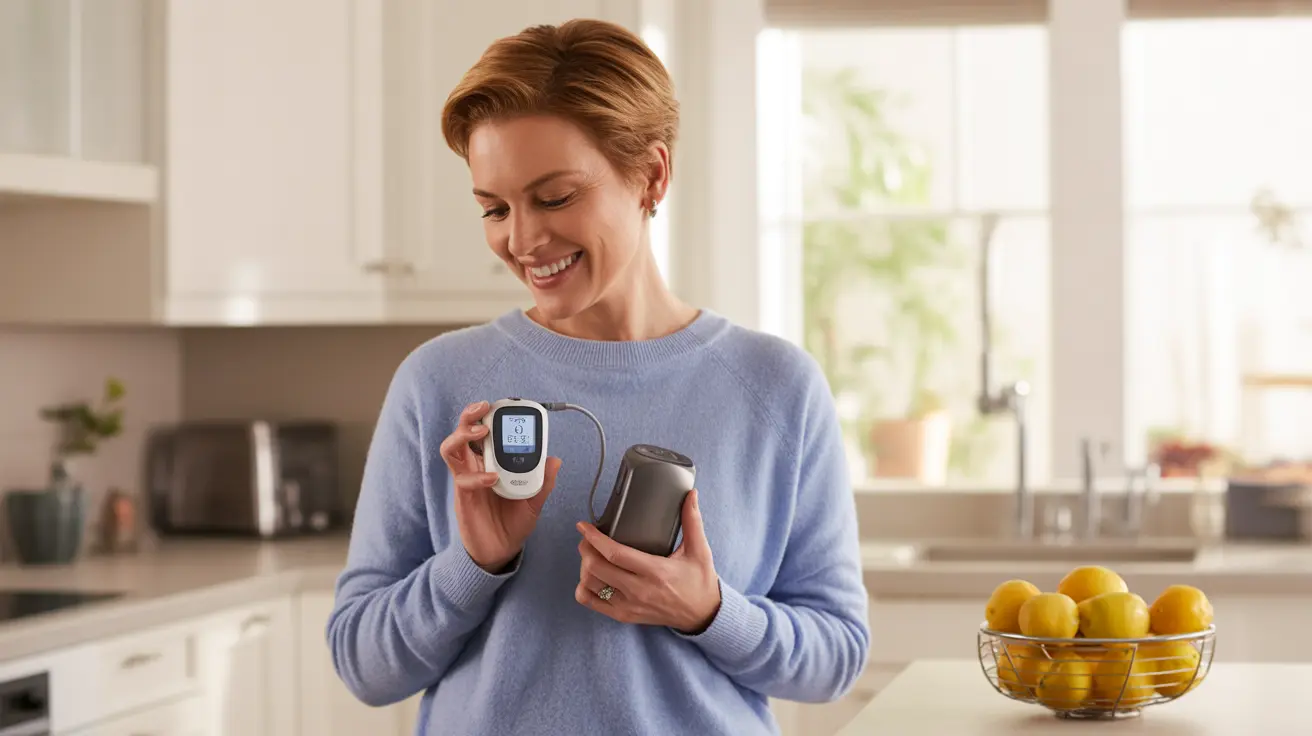Secure Attachment in Child Development
Secure attachment in child development represents one of the most crucial foundations for a child's emotional, social, and psychological well-being. This fundamental bond between a child and their primary caregiver forms during the earliest years of life and significantly influences how children learn to trust, communicate, and form relationships throughout their lives.
Understanding what secure attachment means and how it develops can empower parents and caregivers to create nurturing environments that promote healthy emotional growth. When children experience consistent, responsive care, they develop the confidence to explore their world while knowing they have a safe haven to return to when needed.
The Core Elements of Secure Attachment
Secure attachment in child development emerges when caregivers consistently respond to their child's needs with sensitivity and reliability. This attachment style forms the blueprint for how children understand relationships and manage emotions throughout their lives.
At its foundation, secure attachment develops through countless daily interactions where caregivers attune to their child's emotional states and respond appropriately. When a baby cries and receives comfort, when a toddler seeks reassurance and finds it, or when a preschooler shares excitement and receives validation, these moments build the neural pathways that support emotional regulation and social connection.
Children with secure attachment learn that their emotions are valid and that they can depend on important people in their lives. This creates an internal working model of relationships based on trust, safety, and mutual respect that extends far beyond the parent-child relationship.
Recognizing Secure Attachment Behaviors
Children who have developed secure attachments display distinct patterns of behavior that reflect their emotional security. These children typically show confidence in exploring their environment while maintaining awareness of their caregiver's presence and availability.
In infancy, securely attached babies may cry when separated from their primary caregiver but are relatively easily soothed upon reunion. They actively seek comfort when distressed and can be calmed by their caregiver's presence and attention.
As children grow, secure attachment manifests through their ability to express emotions openly, seek help when needed, and show empathy toward others. These children often demonstrate resilience in facing challenges and maintain positive relationships with peers and adults.
The Impact on Emotional Growth
The influence of secure attachment on emotional development cannot be overstated. Children who experience secure attachments develop stronger emotional regulation skills, allowing them to manage difficult feelings more effectively and recover from setbacks more quickly.
These children learn to identify and communicate their emotions clearly because their feelings have been acknowledged and validated by responsive caregivers. They develop what researchers call "emotional intelligence" – the ability to understand both their own emotions and those of others.
Secure attachment also fosters the development of self-worth and confidence. When children experience consistent care and attention, they internalize the message that they are valuable and deserving of love, creating a foundation for healthy self-esteem that persists into adulthood.
Building Secure Attachments Through Responsive Caregiving
Parents and caregivers play the central role in fostering secure attachment through their daily interactions with children. Responsive caregiving involves tuning into a child's cues and needs, then responding consistently and appropriately.
This means comforting a distressed child, celebrating their achievements, providing predictable routines, and creating an environment where the child feels safe to express themselves authentically. It's not about being a perfect parent, but rather about being emotionally available and responsive most of the time.
Consistency is key in building secure attachment. Children thrive when they can predict that their caregivers will be there for them, both physically and emotionally. This predictability allows children to develop trust and feel secure enough to explore and learn.
Long-term Benefits Extending into Adulthood
The benefits of secure attachment extend far beyond childhood, influencing adult relationships, mental health, and overall life satisfaction. Adults who experienced secure attachment as children typically form healthier romantic relationships, maintain stronger friendships, and demonstrate greater resilience in facing life's challenges.
Research consistently shows that securely attached individuals have lower rates of anxiety and depression, better stress management skills, and more positive self-concepts. They're more likely to seek help when needed and maintain optimistic outlooks even during difficult times.
In the workplace and community settings, adults with secure attachment histories often display stronger leadership qualities, better communication skills, and greater ability to collaborate effectively with others. These skills stem from the early experiences of trust and effective communication established during childhood.
Comparing Secure and Insecure Attachment Patterns
Understanding the differences between secure and insecure attachment helps illustrate the importance of responsive caregiving. While securely attached children use their caregivers as a secure base for exploration, children with insecure attachment may display anxious, avoidant, or disorganized patterns of relating.
Insecure attachment often develops when caregiving is inconsistent, unresponsive, or overwhelming. Children may become anxiously attached when caregivers are sometimes available but unpredictably so, leading to clingy or demanding behaviors. Avoidant attachment may develop when caregivers consistently dismiss or minimize the child's emotional needs.
The good news is that attachment patterns can change throughout life. With supportive relationships and sometimes professional help, individuals with insecure attachment histories can develop more secure ways of relating to others.
Supporting Healthy Attachment Development
Creating conditions for secure attachment doesn't require perfection from caregivers. Instead, it involves being emotionally present, responding to children's needs with warmth and consistency, and repairing any disruptions in the relationship when they occur.
Simple daily practices like making eye contact during feeding, responding to a child's bids for attention, providing comfort during distress, and celebrating achievements all contribute to secure attachment development. Reading together, playing, and having conversations that validate the child's experiences are equally important.
Parents should also prioritize their own emotional well-being, as stressed or overwhelmed caregivers may struggle to provide the consistent responsiveness that secure attachment requires. Seeking support, practicing self-care, and addressing any personal attachment issues can enhance a parent's ability to form secure bonds with their children.
Frequently Asked Questions
What are the signs of secure attachment in children?
Signs of secure attachment include children who are comfortable exploring their environment while staying aware of their caregiver's location, seek comfort when distressed and are easily soothed, show enthusiasm when reunited with caregivers after separation, demonstrate empathy toward others, express emotions openly, and generally appear confident and resilient in new situations.
How does secure attachment affect a child's emotional development?
Secure attachment profoundly impacts emotional development by helping children develop better emotional regulation skills, higher emotional intelligence, stronger self-worth and confidence, improved ability to cope with stress and setbacks, better social skills and empathy, and more positive relationships with peers and adults throughout their lives.
What can parents do to help their child develop a secure attachment?
Parents can foster secure attachment by responding consistently and sensitively to their child's needs, maintaining predictable routines and environments, providing comfort during distress, celebrating their child's achievements and milestones, engaging in regular eye contact and physical affection, listening to and validating their child's emotions, and taking care of their own emotional well-being to ensure they can be emotionally available.
What are the long-term benefits of secure attachment in adulthood?
Adults with secure attachment histories typically enjoy healthier romantic relationships, stronger friendships, better mental health with lower rates of anxiety and depression, improved stress management and resilience, higher self-esteem and life satisfaction, better communication and leadership skills, greater emotional intelligence, and more effective problem-solving abilities in personal and professional contexts.
What is the difference between secure and insecure attachment in child development?
Secure attachment develops through consistent, responsive caregiving and results in children who are confident, emotionally regulated, and trusting. Insecure attachment patterns include anxious attachment (resulting from inconsistent caregiving, leading to clingy behavior), avoidant attachment (from dismissive caregiving, causing emotional withdrawal), and disorganized attachment (from frightening or chaotic caregiving, creating confused responses). Unlike secure attachment, insecure patterns often lead to difficulties with emotional regulation and relationships.




